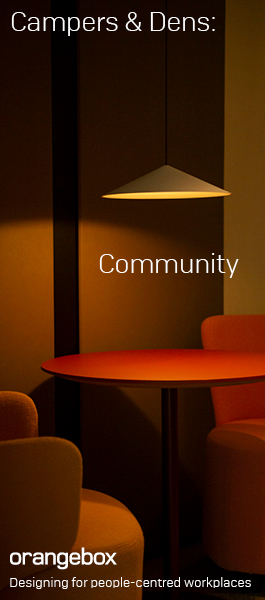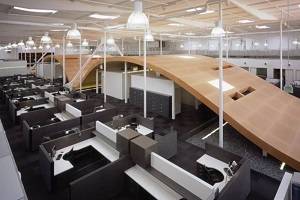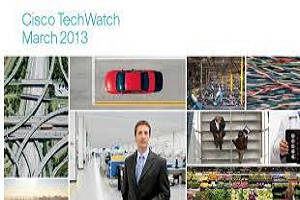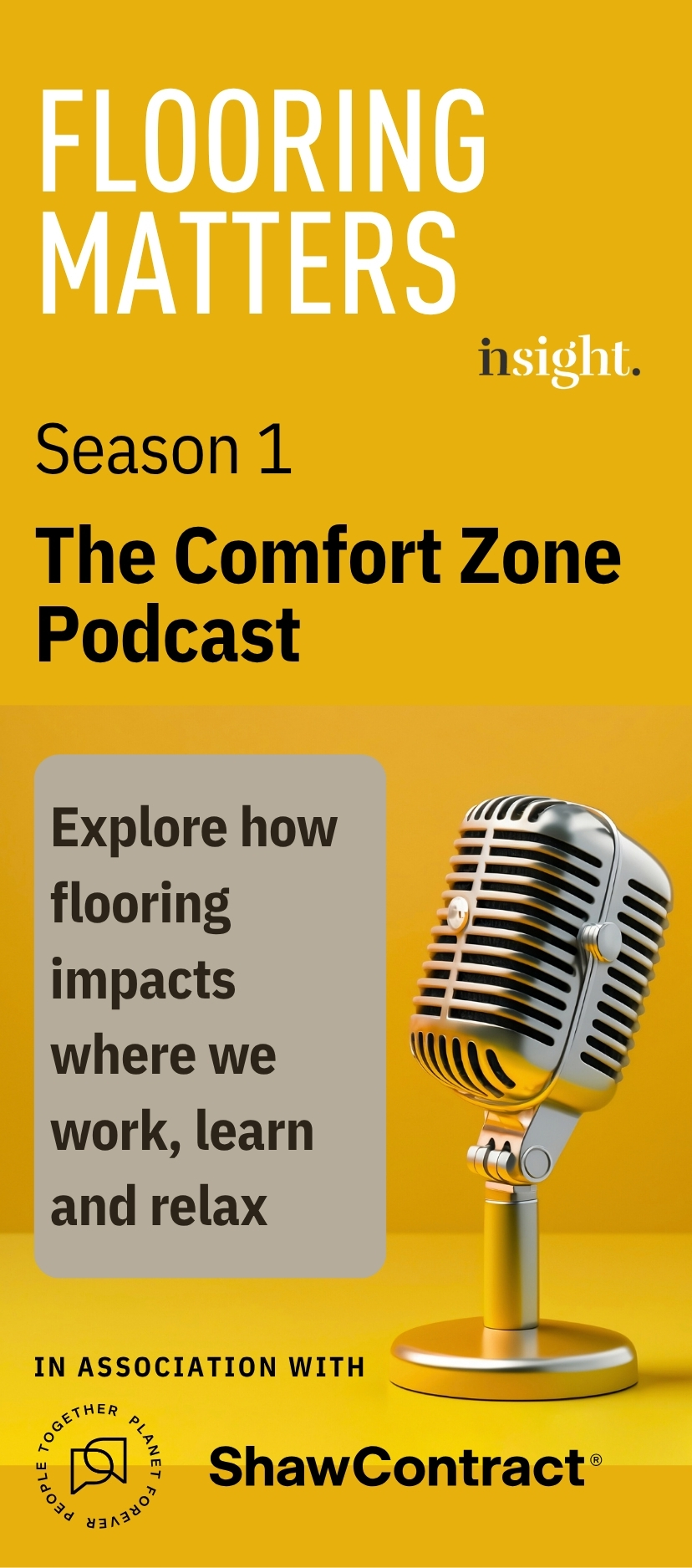To provide the best experiences, we use technologies like cookies to store and/or access device information. Consenting to these technologies will allow us to process data such as browsing behaviour or unique IDs on this site. Not consenting or withdrawing consent, may adversely affect certain features and functions.
The technical storage or access is strictly necessary for the legitimate purpose of enabling the use of a specific service explicitly requested by the subscriber or user, or for the sole purpose of carrying out the transmission of a communication over an electronic communications network.
The technical storage or access is necessary for the legitimate purpose of storing preferences that are not requested by the subscriber or user.
The technical storage or access that is used exclusively for statistical purposes.
The technical storage or access that is used exclusively for anonymous statistical purposes. Without a subpoena, voluntary compliance on the part of your Internet Service Provider, or additional records from a third party, information stored or retrieved for this purpose alone cannot usually be used to identify you.
The technical storage or access is required to create user profiles to send advertising, or to track the user on a website or across several websites for similar marketing purposes.
 Missing the fervour of the London 2012 Olympics? Then take a flight to Heathrow. If you’re travelling from within the UK and Ireland or on certain international flights such as San Francisco and Cape Town you’ll get to re-experience the park themed “Games terminal” which was last used during last year’s Olympics. Terminal 1’s gate 20, which sees over 270,000 passengers a year, has been transformed into a rather garish neighbourhood green, complete with park benches, iconic images from London parks and green foliage, designed to leave a lasting memory of the UK beyond the Games.
Missing the fervour of the London 2012 Olympics? Then take a flight to Heathrow. If you’re travelling from within the UK and Ireland or on certain international flights such as San Francisco and Cape Town you’ll get to re-experience the park themed “Games terminal” which was last used during last year’s Olympics. Terminal 1’s gate 20, which sees over 270,000 passengers a year, has been transformed into a rather garish neighbourhood green, complete with park benches, iconic images from London parks and green foliage, designed to leave a lasting memory of the UK beyond the Games.













 Amidst all the controversy over flexible working raised by the infamous Yahoo homeworking ban comes US research revealing homeworking policies lead to happier employers and employees. 93 percent of employees surveyed by
Amidst all the controversy over flexible working raised by the infamous Yahoo homeworking ban comes US research revealing homeworking policies lead to happier employers and employees. 93 percent of employees surveyed by 









March 15, 2013
Where flexible working employees really want to work? Starbucks.
by Mark Eltringham • Comment, Facilities management, Technology, Workplace
(more…)